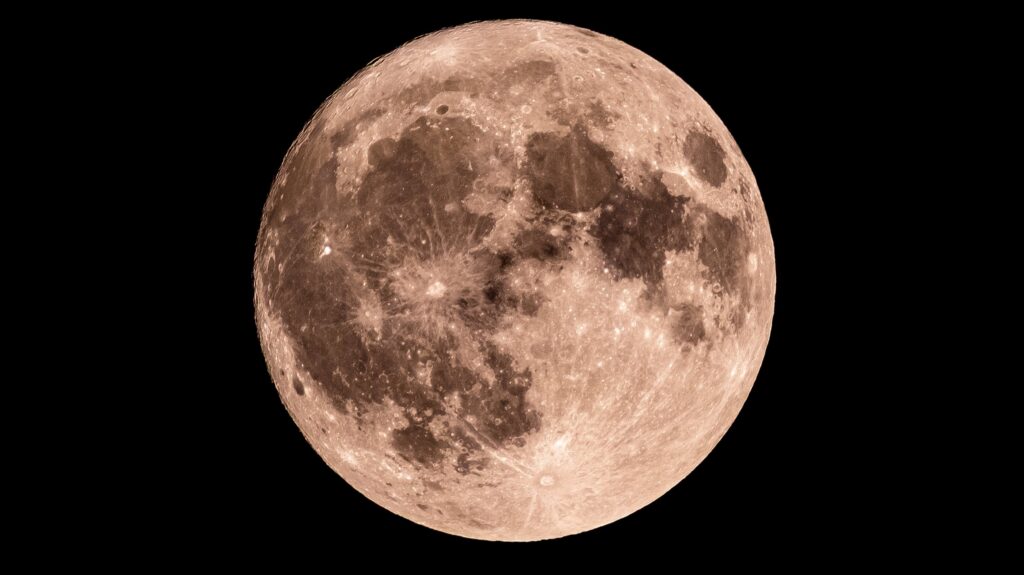
The moon enters a new phase tonight, marking the beginning of its lunar cycle. As of July 25, 2025, the moon is in the **Waxing Crescent** phase, with only **1%** of its surface visible from Earth. This phase signifies the start of a cycle that lasts approximately **29.5 days**, during which the moon’s appearance transforms as it orbits our planet.
The **Waxing Crescent** phase is characterized by a small sliver of light appearing on the right side of the moon. However, with such limited visibility, observers will find it challenging to discern any details on the moon’s surface, even with binoculars or telescopes. This minimal illumination is typical for the first day of the lunar cycle, as the moon is positioned between Earth and the sun.
Understanding Moon Phases
The phenomenon of moon phases arises from the changing angles between the **Sun**, **Moon**, and **Earth** as the moon travels around us. According to **NASA**, this cycle results in various appearances of the moon, including full moons, half moons, and periods when the moon is nearly invisible. Throughout the lunar cycle, observers always see the same side of the moon, yet the amount of sunlight illuminating its surface varies.
The cycle encompasses eight distinct phases:
– **New Moon**: The moon is positioned between Earth and the sun, rendering it invisible.
– **Waxing Crescent**: A small portion of the moon’s surface becomes visible on the right.
– **First Quarter**: Half of the moon is illuminated on the right side, appearing as a half-moon.
– **Waxing Gibbous**: More than half of the moon is lit but is not yet full.
– **Full Moon**: The entire face of the moon is illuminated and fully visible.
– **Waning Gibbous**: The moon begins to lose light on the right side.
– **Last Quarter**: The left side is lit, presenting another half-moon.
– **Waning Crescent**: A thin sliver of light remains on the left before the cycle begins anew.
Upcoming Moon Events
Looking ahead, the next full moon will occur on **August 9, 2025**, following the last full moon on **July 10, 2025**. These lunar events offer opportunities for enthusiasts and casual observers alike to engage with the night sky.
As the lunar cycle unfolds, it invites reflection on the celestial dynamics that govern our night sky. Each phase provides a unique perspective, reminding us of the intricate dance between the Earth, moon, and sun.







